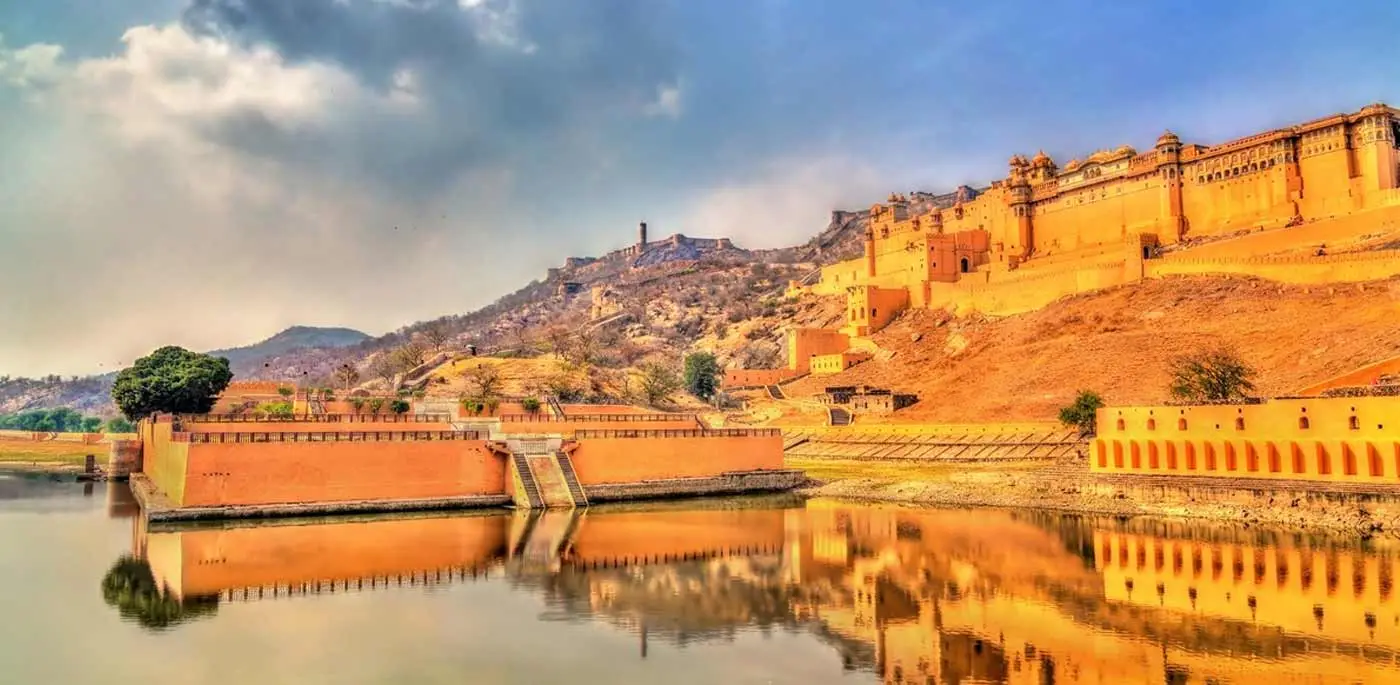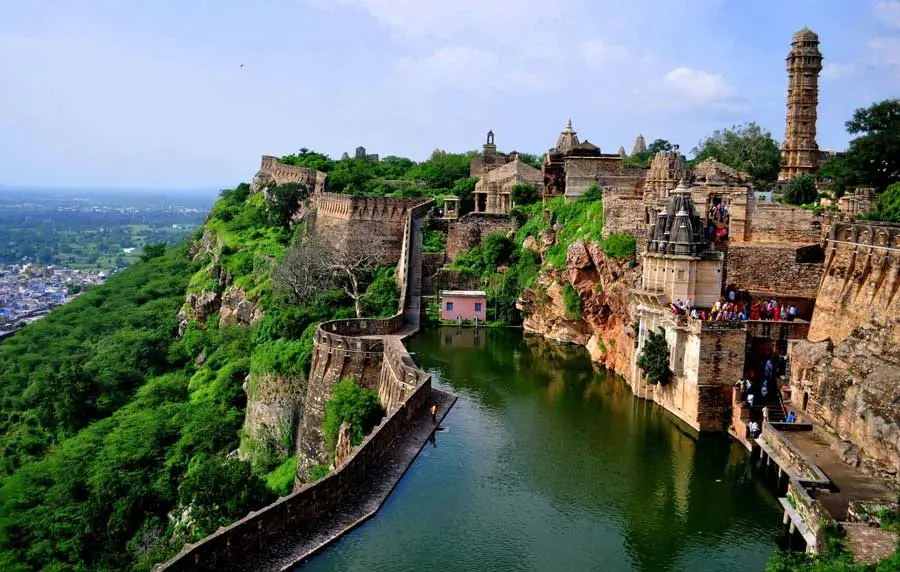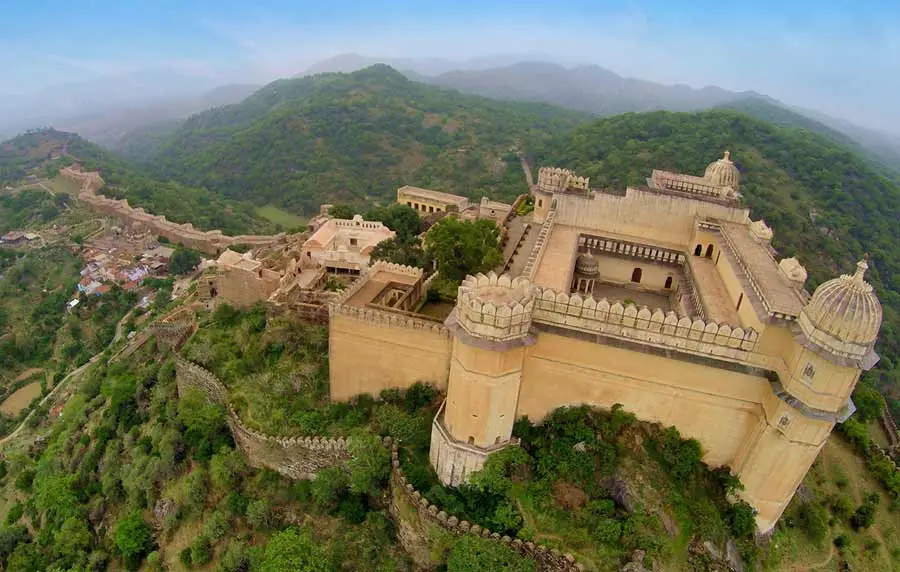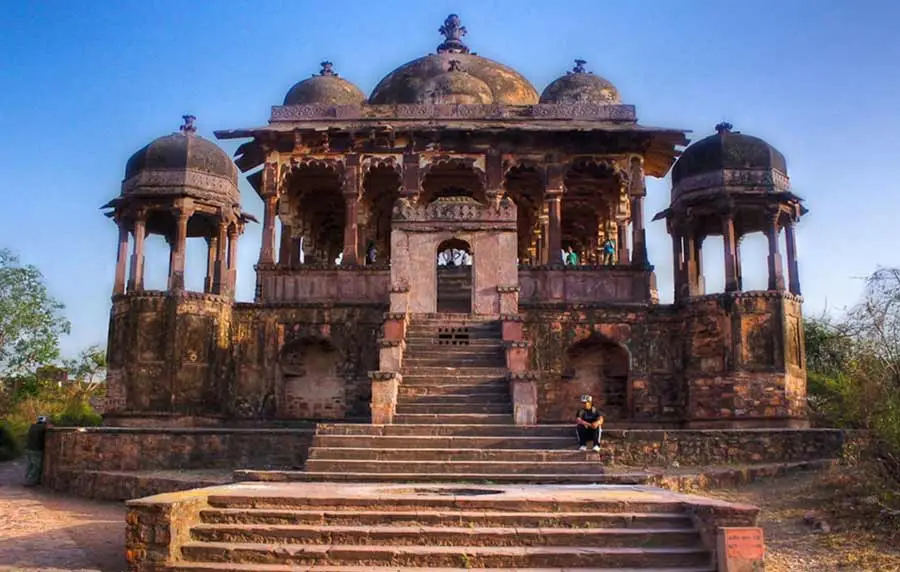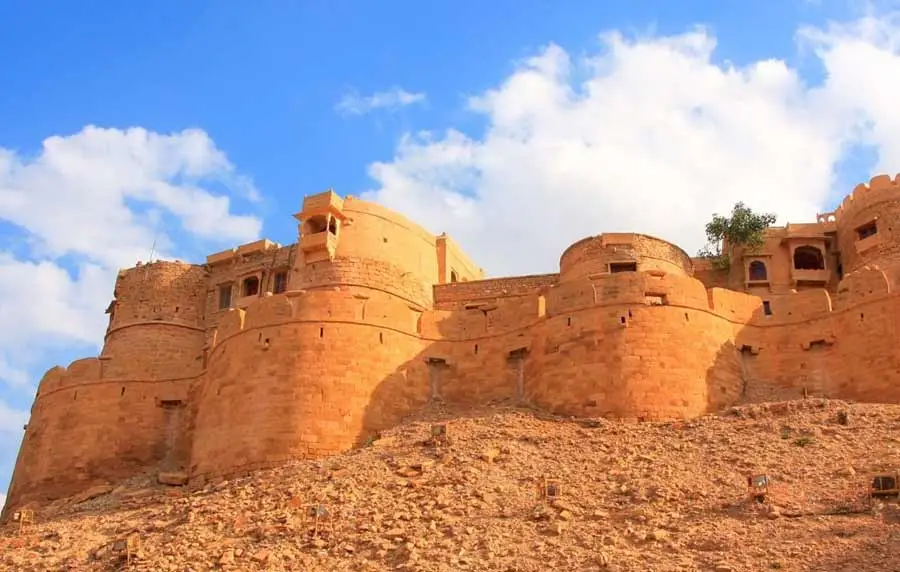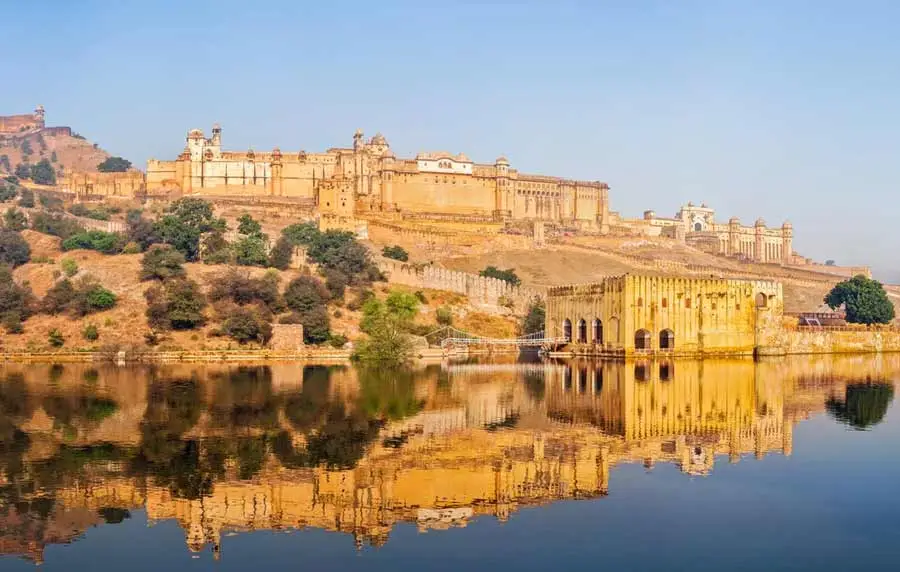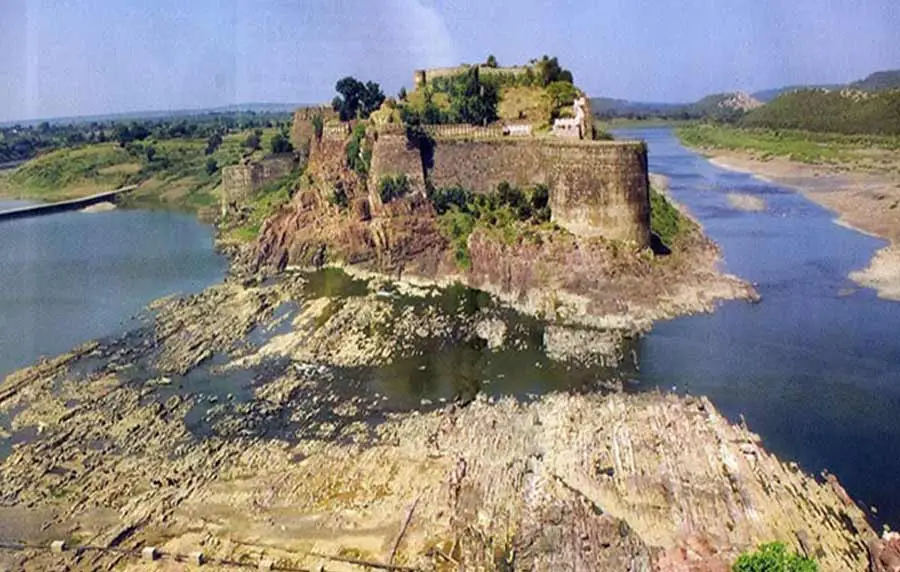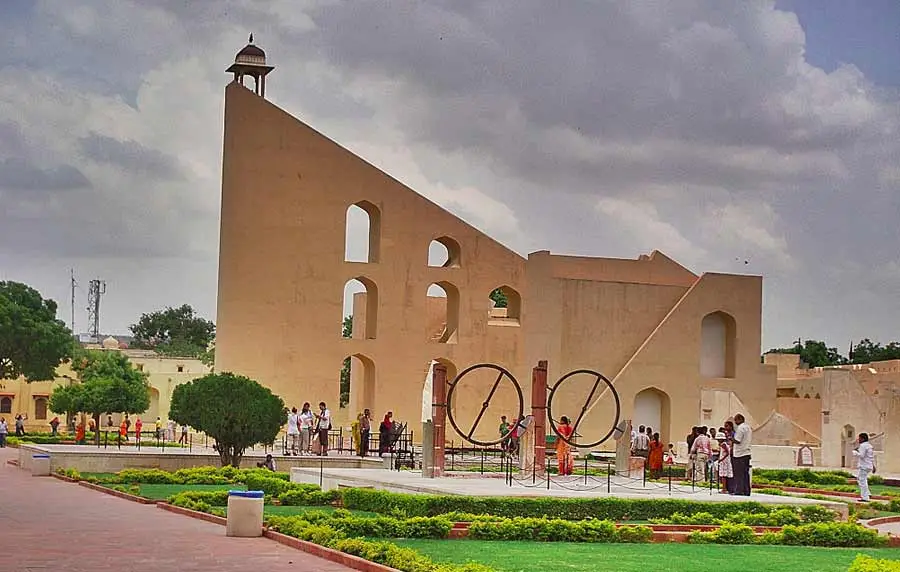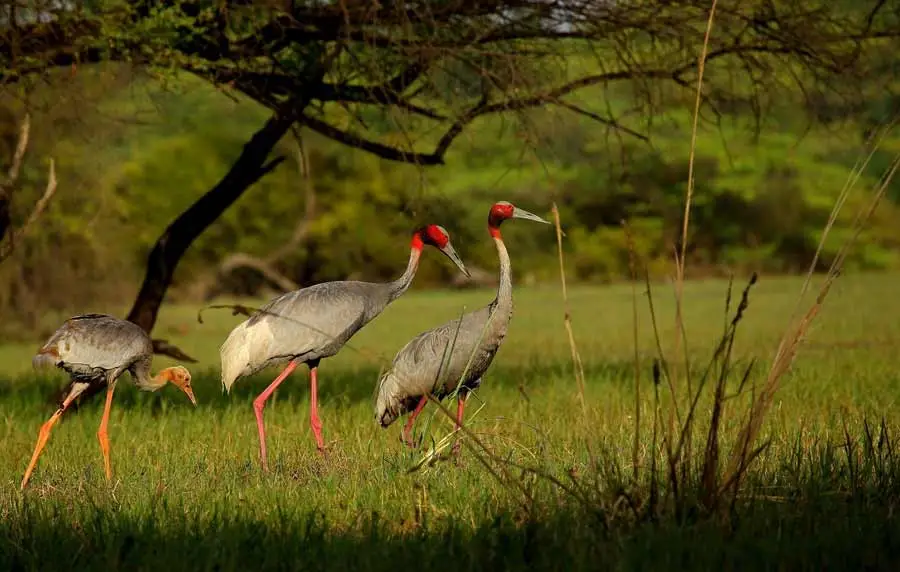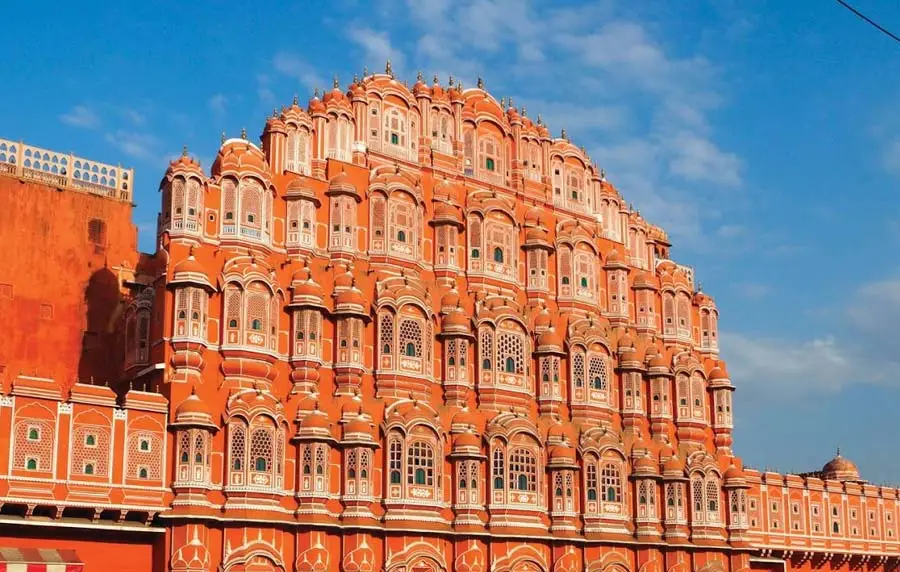
UNESCO World Heritage Sites Rajasthan
Rajasthan, in India literally draws its name from the fact that it was once home to the Kings of the country. The royal legacy that the country saw in the Rajput and Mughal eras, led to the development of number of World Heritage Sites in Rajasthan. The numbers of historical monuments of the Royal Rajput and Mughal era are still present in the city. These historical monuments speak of the splendor and the grandeur of the ancient times. The ambience and aura of these sites carry a touch of the Royalty of the Mughal and Rajput rules of the country, which is almost impossible to be repeated today. As a result, the unmatched beauty and grandeur of these sites have made UNESCO to declare and pamper some of them as World Heritage Sites in Rajasthan.
Apart from its rich and colorful culture, Rajasthan draws tourists in humongous numbers with its majestic forts and wildlife areas. Some of these places are so significant that these have made it to UNESCO’s World Heritage Site City Jaipur. The Hill Forts of Rajasthan comprises six magnificent fortresses that have stood the test of time, giving a peek into the state’s storied past and aesthetical evolution. Apart from these, a protected territory and an astronomical observatory are also UNESCO World Heritage Sites.
List of UNESCO World Heritage Sites in Rajasthan FAQ
1. How many UNESCO World Heritage Sites are there in Rajasthan?
Currently, there are six UNESCO World Heritage Sites in Rajasthan. These include:
- Jantar Mantar, Jaipur
- Keoladeo National Park (Bharatpur Bird Sanctuary)
- Hill Forts of Rajasthan (Chittorgarh, Kumbhalgarh, Ranthambore, Amber Sub-Cluster, and Jaisalmer)
- Ranthambore Fort
- Kumbhalgarh Fort
- The Jaisalmer Fort
2. What are the Hill Forts of Rajasthan?
The Hill Forts of Rajasthan is a collective UNESCO World Heritage Site that includes six majestic forts situated in Rajasthan. These forts are located in Chittorgarh, Kumbhalgarh, Ranthambore (Sawai Madhopur), Amber (Jaipur), Jaisalmer, and Gagron (Jhalawar). They are recognized for their historical and architectural significance, representing the Rajput military and cultural heritage of Rajasthan.
3. Can tourists visit these World Heritage Sites in Rajasthan?
Yes, tourists can visit these UNESCO World Heritage Sites in Rajasthan. They are open to visitors, allowing them to explore the historical and cultural significance of these sites through guided tours, audio guides, and other visitor facilities.
4. What is the significance of Jantar Mantar in Jaipur?
Jantar Mantar in Jaipur is an astronomical observatory built in the early 18th century by Maharaja Sawai Jai Singh II. It is renowned for its collection of architectural astronomical instruments that were used for measuring time, predicting eclipses, tracking celestial bodies, and other astronomical observations. The site is considered an outstanding example of scientific and architectural innovation.
5. Why is Keoladeo National Park (Bharatpur Bird Sanctuary) a UNESCO World Heritage Site?
Keoladeo National Park, also known as Bharatpur Bird Sanctuary, is recognized as a UNESCO World Heritage Site due to its significance as a wetland habitat for a wide variety of avian species, especially migratory birds. The park is a crucial wintering and breeding ground for numerous bird species, making it an important site for conservation and ornithological research.
6. Are there guided tours available at these World Heritage Sites in Rajasthan?
Yes, guided tours are available at most of these UNESCO World Heritage Sites in Rajasthan. Visitors can opt for guided tours conducted by trained guides who provide insights into the historical, cultural, and architectural significance of these sites.
7. Are there any entry fees for visiting these World Heritage Sites in Rajasthan?
Yes, entry fees are applicable for visiting these UNESCO World Heritage Sites in Rajasthan. The fees may vary for Indian and foreign tourists, and additional charges may apply for camera usage, guided tours, and other facilities.
8. Can visitors explore these World Heritage Sites independently, or do they need to join guided tours?
Visitors can explore these UNESCO World Heritage Sites independently or join guided tours, depending on their preference. While guided tours offer in-depth insights and historical context, exploring independently allows visitors to explore at their own pace and interests.
 +91 9799050299
+91 9799050299 
